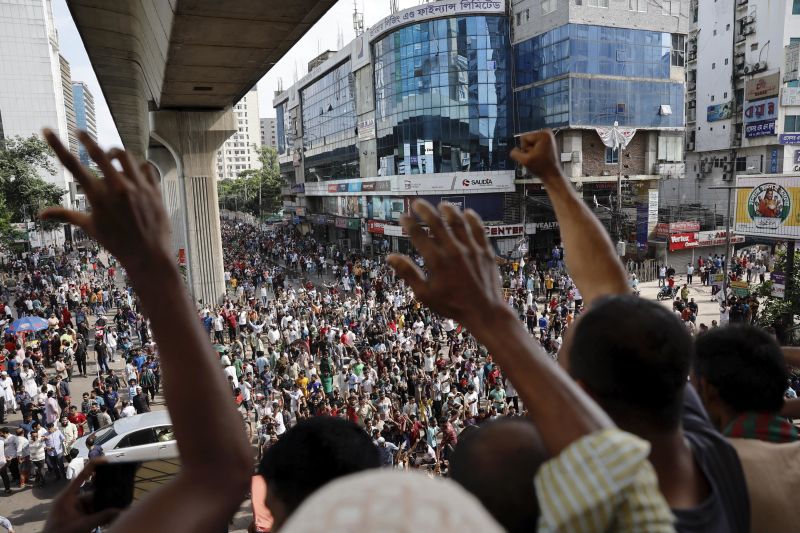The Factors Fueling the Gen Z Revolution
Bangladesh’s Gen Z revolution is an unprecedented movement driven by the young generation’s technology-driven consciousness, activism, and desire for social change. The movement came to a head in a political upheaval, which led to the ousting of a seasoned leader. But why did these young individuals flood the streets and rally for change?
One primary factor propelling the Gen Z revolution is the ongoing frustration over corruption. Bangladesh has struggled with political corruption for a long time, as evidenced by its ranking in Transparency International’s Corruption Perceptions Index. This frustration was amplified by the accusations of misappropriation of relief funds during the Covid-19 pandemic. For the Gen Z, this was the height of impunity, leading them to voice their discontent.
Furthermore, an underwhelming education system compounded the woes of the young generation. The syllabus in many Bangladeshi schools is viewed as being outdated and fails to foster critical thinking, problem-solving skills, and creativity among students. With limited perspectives and less-than-practical skills offered, the youth felt stifled within the country’s education framework and called for reforms.
Finally, internet penetration and the rise of social media dramatically influenced Gen Z’s political activism in Bangladesh. With access to diverse global perspectives and the freedom to express themselves, these platforms became the medium for the Gen Z population to air their grievances, organize protests, and bring about the revolution.
The Future after the Revolution
The ousting of the veteran leader marked a significant victory for the Gen Z revolution; however, it is just a beginning with an unclear path ahead.
For starters, the new government will need to address pressing matters such as corruption which was the major rallying point of the revolution. The young generation’s desire for a corruption-free Bangladesh has to be addressed through proper accountability systems and zero tolerance for graft. The plea for reforms in the education sector also has to be prioritized. The curriculum needs to be updated, and the authorities should consider including subjects that are useful to the modern economy like technology, creative thinking, and entrepreneurship.
Then, there is the challenge of maintaining unity and harmony amongst the young generation. The Gen Z revolt must avoid the trap of becoming fractured along political, religious, or ethnic lines, something that can thwart the aspirations of this movement. It’s crucial for the leaders of this new era to focus on communal harmony and inclusivity, calming any divisive voices to keep the momentum of the revolution.
Finally, managing the expectations of the young generation would be a huge task. They want changes, and they want them fast. However, while it might be possible to topple a veteran leader quickly, real systemic changes require time to take effect. Patience will be a necessary virtue for Gen Z and the Government alike.
In conclusion, the future of Bangladesh’s politics rests in the hands of its Gen Z, who have shown that they are not afraid to voice their demands. Despite the success in effecting political change, the road ahead is long and fraught with challenges. However, if the Gen Z maintains their spirited activism and the government addresses their core concerns, then Bangladesh could become a trailblazer for youth-led socio-political revolutions.




